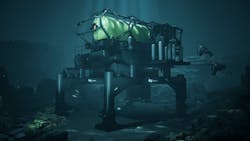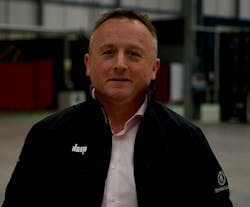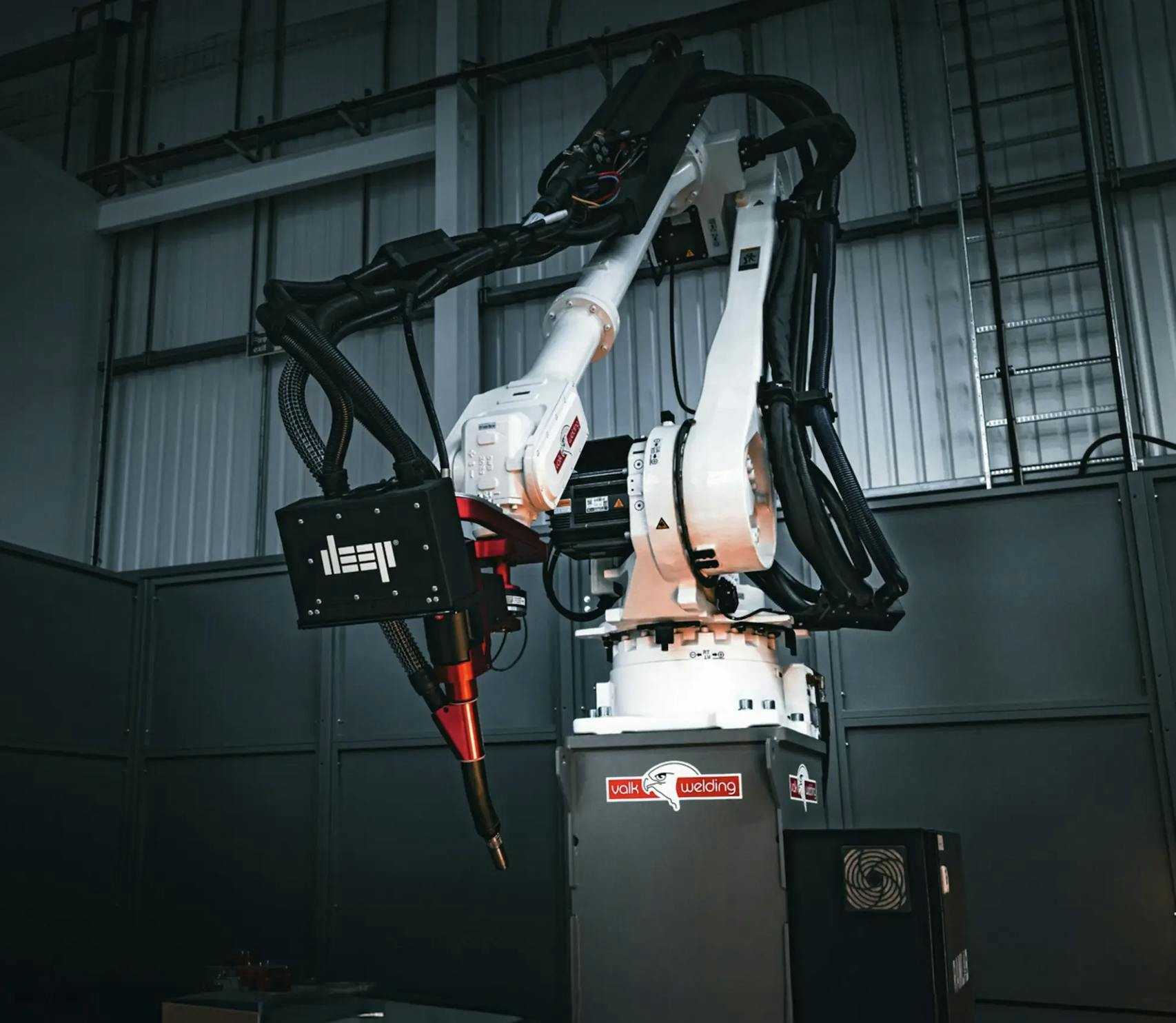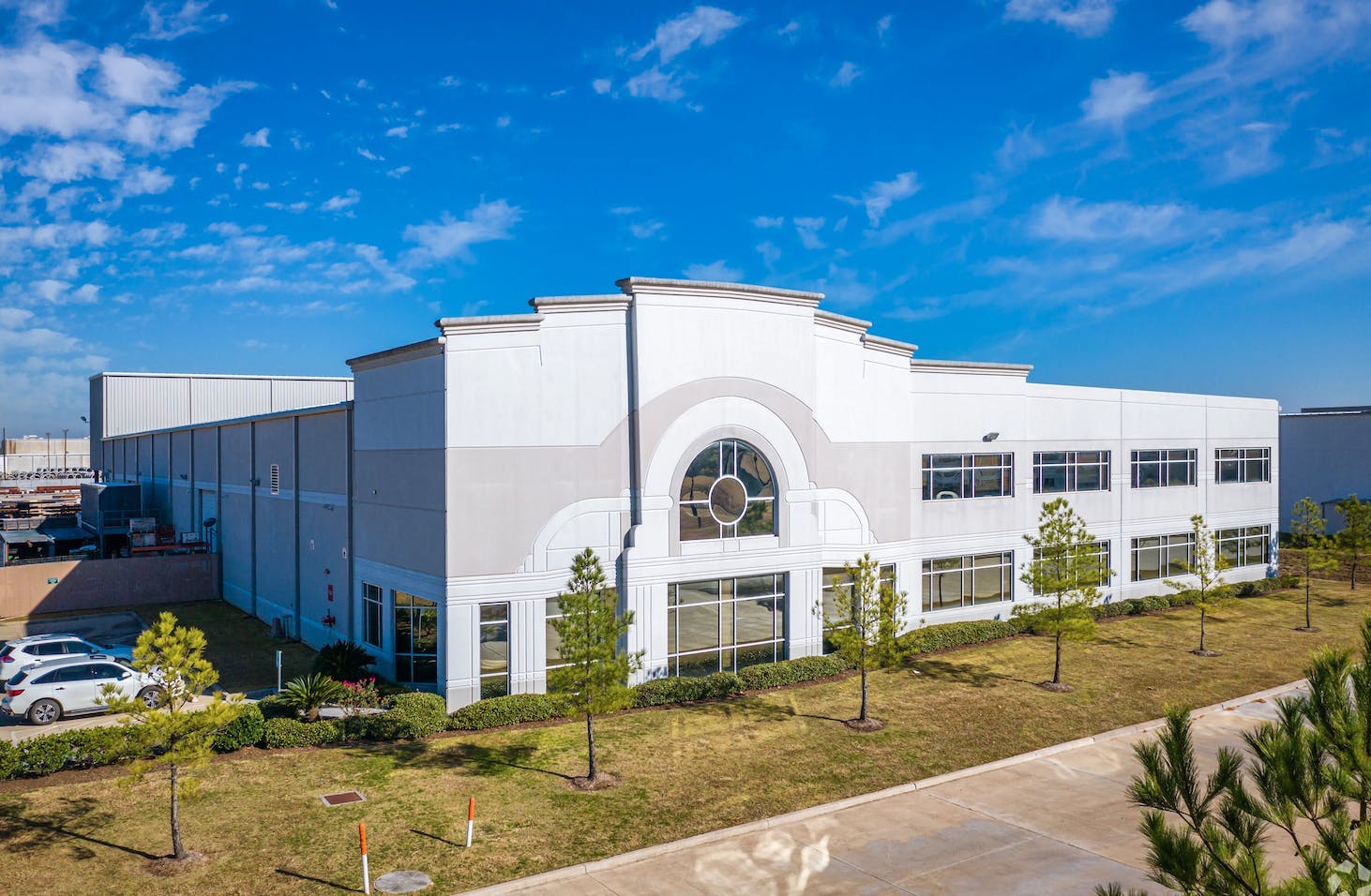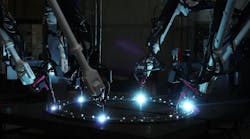DEEP Manufacturing CEO on subsea habitats, WAAM certification and offshore expansion
Key Highlights
- DEEP Manufacturing is developing subsea habitats for long-term human occupancy, with applications in scientific exploration and offshore energy operations.
- WAAM technology allows for the production of large, high-strength metal components with faster turnaround times and greater manufacturing flexibility.
- The company has secured DNV approval, validating the safety and integrity of its additive manufacturing processes for offshore applications.
- Facilities in Florida and Houston support subsea R&D and advanced manufacturing, fostering faster collaboration with offshore operators and EPCs.
By Ariana Hurtado, Editor-in-Chief
As offshore energy operations grow more complex and remote, the need for agile manufacturing, resilient infrastructure and extended human presence at depth is becoming increasingly important.
DEEP, an ocean engineering company, builds subsea human habitats, and DEEP Manufacturing produces underwater pressure vessels for human occupancy as well as large metal parts for multiple industries.
In this exclusive Q&A, Deep Manufacturing CEO Peter Richards speaks with Offshore about Project Vanguard’s potential to transform offshore operations, the company’s recent DNV Approval of Manufacture for its wire arc additive manufacturing (WAAM) systems, and its strategic expansion into Florida and Houston. With applications spanning oil, gas and renewables, DEEP’s technologies aim to redefine how offshore infrastructure is built, maintained and inhabited.
Offshore: How does Project Vanguard intersect with offshore energy applications?
Richards: Project Vanguard—DEEP’s initiative to make humans aquatic—is developing subsea habitats designed for long-duration human occupancy at depth. While originally conceived for scientific exploration, the same infrastructure has clear crossover potential for offshore energy. Subsea habitats could enable extended fieldwork, inspection or maintenance operations without daily surfacing, reducing vessel dependence and logistical costs. In effect, they could become semi-permanent offshore operational bases that integrate life-support, observation and communications systems for both renewable and oil and gas installations.
It’s a long-term vision, but one grounded in proven subsea engineering and human-factors research.
Offshore: How is DEEP Manufacturing leveraging WAAM to meet the specific demands of offshore oil, gas and renewables—particularly regarding component scale, integrity and lead time?
Richards: Wire Arc Additive Manufacturing (WAAM) enables the production of large, high-strength metal structures directly from wire feedstock using an electric-arc deposition process. Our single-arm WAAM systems can build components up to 2.8 meters in diameter by 3.2 meters in height, while our multi-arm setup extends that capability to 6.2 meters in diameter—among the largest currently in operation.
Through integrated process control and continuous monitoring, we manufacture components with consistent structural integrity and dimensional accuracy while significantly shortening production times compared with traditional forging or casting.
For subsea and offshore applications where complex geometry, wall-thickness precision and fatigue resistance are essential, WAAM offers a proven route to achieving the required mechanical performance with greater manufacturing flexibility.
Offshore: Can you share examples of offshore components already produced using WAAM?
Richards: DEEP Manufacturing is already engaged on a number of projects within the offshore sector, ranging from shipping tanker propellers, subsea pipe clamps, internals for drill rigs and wider metal component part production. These examples demonstrate how WAAM can replace legacy processes without compromising safety factors or fatigue performance, while dramatically increasing supply chain agility.
Offshore: With DNV Approval of Manufacture secured, how does DEEP plan to scale WAAM adoption across offshore supply chains, and what barriers still exist?
Richards: Achieving DNV Approval of Manufacture validates the repeatability and integrity of our WAAM processes for safety-critical offshore applications. This certification opens the door for collaboration with EPCs and OEMs that require verifiable process control and full traceability.
Our current focus is on scaling qualified material sets and expanding testing and documentation in line with relevant offshore manufacturing standards.
The remaining barriers are largely educational and procedural: integrating additive processes into established qualification frameworks. We’re working closely with regulators, certification bodies and clients to help accelerate that transition.
Offshore: How do you envision collaboration with offshore operators, EPCs and academia?
Richards: Partnerships ensure that WAAM’s development remains focused on real-world offshore requirements rather than purely lab-based performance. We see collaboration as essential to defining the standards that will make additive manufacturing a mainstream capability for the sector.
Offshore: How does WAAM contribute to sustainability goals in offshore manufacturing?
Richards: WAAM is inherently resource-efficient because it builds parts layer by layer, using only the material required for the finished component. The process avoids many of the high-temperature and transport-intensive stages associated with traditional forging and casting, lowering both waste and energy use.
By establishing a manufacturing base in Houston, DEEP Manufacturing can further cut the carbon footprint of offshore components by reducing long-distance shipping and storage. Taken together, these efficiencies show how additive manufacturing can help offshore operators pursue lower-impact, more circular production models.
Offshore: In what ways is DEEP Manufacturing addressing the offshore industry’s need for faster turnaround and agile production cycles?
Richards: Our production model is built around digitally connected, modular manufacturing cells that can switch between alloys and geometries quickly. By maintaining digital twins of qualified parts, we can reproduce components on demand from existing WAAM files, reducing downtime when replacements are required.
That flexibility is particularly valuable for offshore assets in remote regions; it lays the groundwork for a distributed-manufacturing approach where parts are produced close to where they’re needed.
Offshore: How do the new US locations support DEEP’s ambitions in the offshore energy sector?
Richards: DEEP’s expansion into Florida and Houston represents a deliberate step toward integrating subsea R&D with advanced manufacturing under one operational framework. The Florida engineering hub focuses on subsea systems development, prototyping and testing—including life-support, pressure-vessel and habitat technologies for deepwater environments.
Meanwhile, the new Houston facility serves as our additive-manufacturing center—serving the America’s market—equipped with multi-axis robotic WAAM systems, controlled-atmosphere welding bays, and in-line digital inspection. Locating this capability in Houston places us within the world’s largest concentration of offshore operators and EPCs, allowing for faster collaboration and technology transfer across the energy supply chain.
Offshore: Looking ahead, how do DEEP’s technologies reshape offshore energy infrastructure?
Richards: We expect offshore infrastructure to become increasingly digital in its design and additive in its manufacture.
WAAM allows for modular subsea frameworks that can be produced in segments, transported efficiently and assembled offshore. Meanwhile, Project Vanguard demonstrates how humans can operate safely in subsea environments for extended periods, opening up new possibilities for onsite fabrication, maintenance or research beneath the waves.
Together, these technologies point toward an offshore future that is more autonomous, resilient and sustainable—one where innovation in manufacturing directly supports the next generation of energy operations.
About the Author
Ariana Hurtado
Editor-in-Chief
With more than a decade of copy editing, project management and journalism experience, Ariana Hurtado is a seasoned managing editor born and raised in the energy capital of the world—Houston, Texas. She currently serves as editor-in-chief of Offshore, overseeing the editorial team, its content and the brand's growth from a digital perspective.
Utilizing her editorial expertise, she manages digital media for the Offshore team. She also helps create and oversee new special industry reports and revolutionizes existing supplements, while also contributing content to Offshore's magazine, newsletters and website as a copy editor and writer.
Prior to her current role, she served as Offshore's editor and director of special reports from April 2022 to December 2024. Before joining Offshore, she served as senior managing editor of publications with Hart Energy. Prior to her nearly nine years with Hart, she worked on the copy desk as a news editor at the Houston Chronicle.
She graduated magna cum laude with a bachelor's degree in journalism from the University of Houston.
